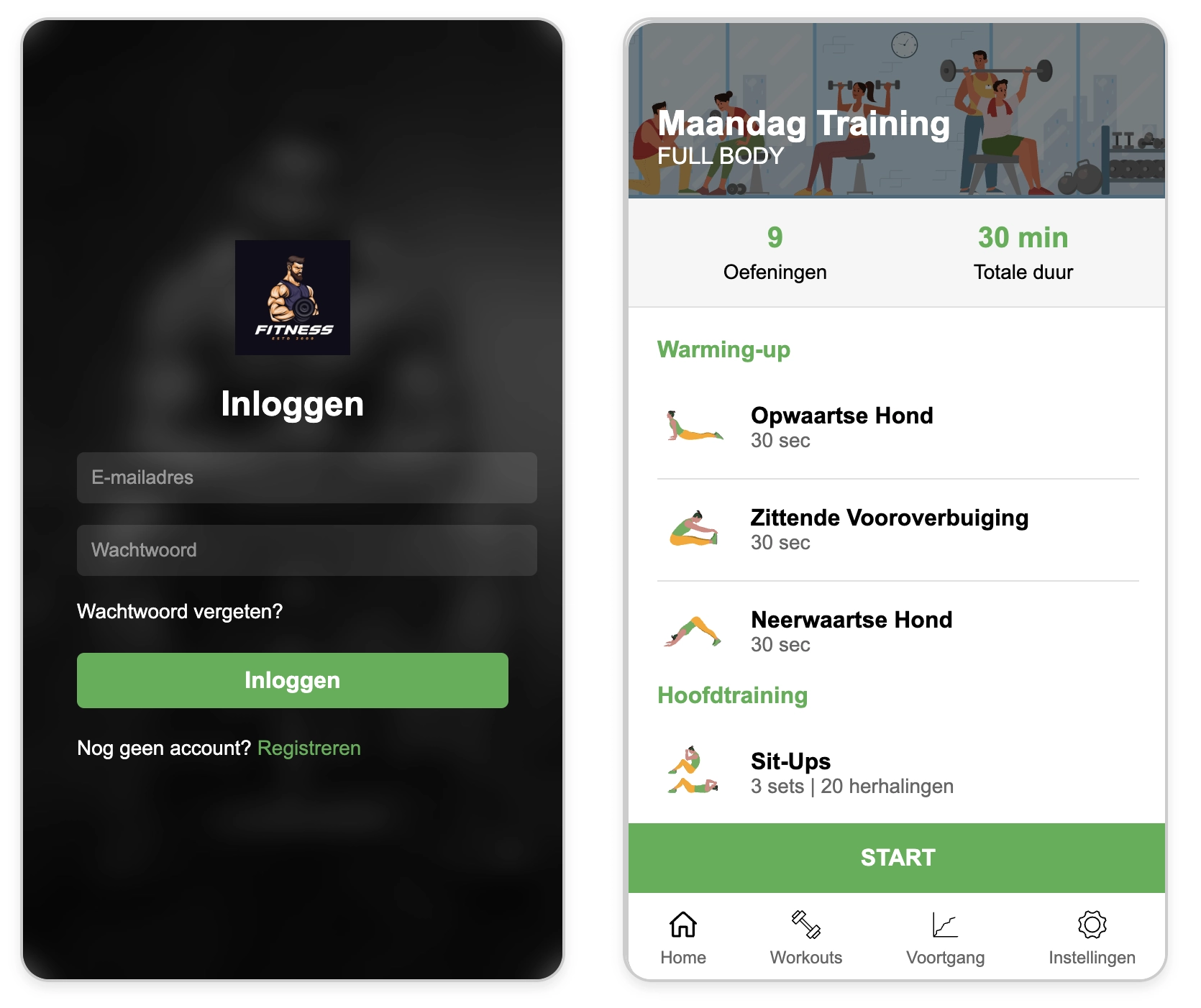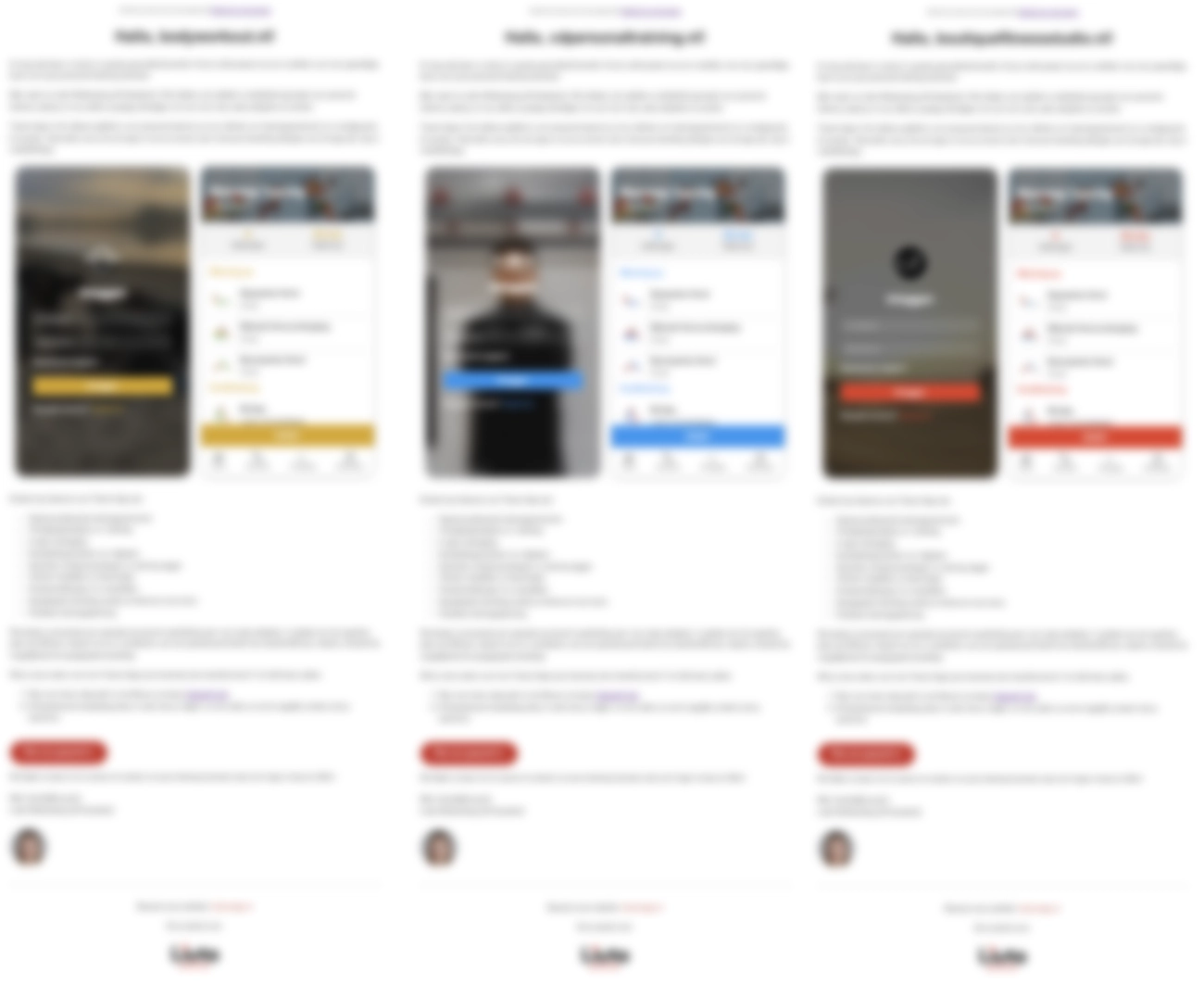
In the world of digital marketing, personalization is key. However, customizing content for each recipient can be a time-consuming and labor-intensive process. We've developed a solution to automate this process using cutting-edge AI technologies. In this blog post, we'll walk you through our process, using a personal trainer app as an example use case.
Our Process
Step 1: Searching the Web for Potential Clients
We begin by searching the web for a large number of potential client websites. At this stage, we prioritize quantity over quality, as we'll refine our results in the next steps.
Step 2: Filtering Results with a Local Large Language Model (LLM)
Once we have a broad set of potential client websites with brief descriptions, we employ a local Large Language Model (LLM) to analyze the data. This AI-powered filter checks each result against our potential client specifications, effectively removing a significant portion of irrelevant search results.
Step 3: Extracting Emails and Company Branding
With our refined list of potential clients, we proceed to extract contact information and company branding. We use a combination of our local LLM and web scraping techniques to find email addresses directly from their websites. Simultaneously, we extract company branding elements, including logos and images that will be used in our example app.
Step 4: Applying Branding to the Email
We created an HTML email template using AI, which includes two example app screens: a login screen and a workout screen. The login screen features a blurred background image with the company's logo and a login form. The workout screen displays a list of exercises with vector illustrations.
We then update this template with the colors and assets extracted from each potential client's website. The result is a highly personalized email that resonates with the recipient's brand identity. Here are two examples of how the email template looks after customization:

Example 1: Email template customized with green/orange branding

Example 2: Email template customized to for real contacts
As you can see, the login screen has a blurred image as the background with the company's logo and login form overlaid. The login button is in the brand color. The workout screen features a list of exercises with vector illustrations. Some text and the start button use the brand color, while the vector images incorporate two colors from the branding scheme.
Step 5: Manual or Cloud LLM Result Check
Before sending out the emails, we provide a final opportunity for quality control. The extracted information can be viewed in a custom dashboard for a quick manual check. This step allows us to catch any remaining errors or inconsistencies. While this check could potentially be performed by a more powerful cloud-based LLM like ChatGPT or Claude, we opted to use only local LLMs for this example to ensure cost efficiency and maintain privacy.
Benefits of Our Approach
- Scalability: Automate the process of creating personalized marketing emails for a large number of potential clients.
- Efficiency: Significantly reduce the time and manual labor required for customized email marketing campaigns.
- Personalization: Create highly targeted emails that resonate with each recipient's brand identity.
- Privacy: By using local LLMs, we maintain control over sensitive data and reduce dependency on external services.
- Cost-effectiveness: Local processing reduces ongoing costs associated with cloud-based AI services.
Conclusion
By leveraging AI technologies, we've created a powerful system for automating custom email marketing. This approach not only saves time and resources but also delivers highly personalized content that's more likely to engage potential clients. As AI continues to evolve, we anticipate even more sophisticated and efficient marketing automation solutions in the future.
If you're interested in learning more about how AI can revolutionize your marketing efforts or would like to explore custom AI solutions for your business, don't hesitate to contact us at steven@liuto-apps.com.
